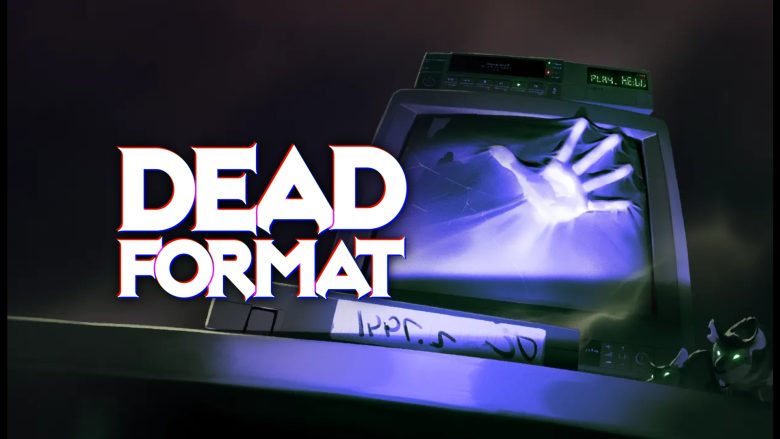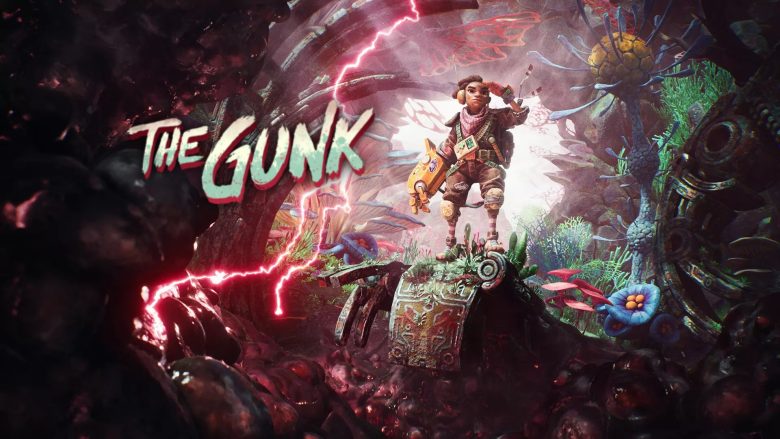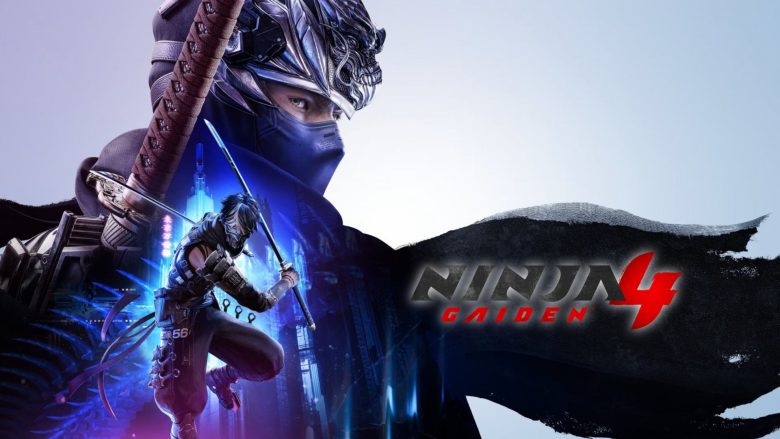An ambitious and forward-thinking remake that faithfully captures the spirit of the original while paving the way for a new chapter in Halo’s future.

After the turbulent journey of Halo Infinite, marked by a challenging development cycle and reception that fell short of expectations, the team formerly known as 343 Industries – now Halo Studios – return with a mission as ambitious as it is high-stakes. For the team, this project is a defining test: a success could restore their credibility and standing, while a single misstep might put their future in jeopardy. Their challenge is to breathe new life into Halo: Combat Evolved, the game that over twenty years ago redefined the first-person shooter and helped establish the Xbox brand’s identity.
The original stood out for its razor-sharp shooting mechanics, localized damage systems, AI that was impressively advanced for its time, and the seamless integration of vehicles across vast, dynamic maps. Combat Evolved was more than a commercial success – it was a bold statement of intent, a blueprint for what console gaming could aspire to.
With the campaign remake, Halo Studios faces the delicate task of modernizing a generational icon without compromising its core identity. It is a subtle balancing act, requiring both faithfulness to the original and a keen awareness of the expectations of today’s players.

Vehicle Hijacking and New Tactical Strategies: Expanding Player Choice and Approach Freedom
Halo Campaign Evolved sets ambitious goals for its gameplay, aiming to strike a careful balance between modernizing the experience and remaining faithful to the original. The top priority is fluidity: the combat system has been overhauled to feel smoother and less cumbersome than the original, while preserving its intensity and pace. The remake also introduces new weapons from later entries in the series, along with vehicles that were previously unplayable, such as the Wraith. The addition of vehicle hijacking further expands strategic options, giving players more freedom in how they approach each encounter.
Movement has also been refined: Master Chief now moves faster at base speed and features the often-debated sprint mechanic, which can be toggled on or off in the settings. The health system has been updated in the style of Halo 3, with separate bars for shields and base health, both of which regenerate automatically. This choice improves accessibility but inevitably shifts the balance originally intended by the developers, though it is expected to remain adjustable through the game options.
The armor HUD has been completely redesigned, taking cues from Halo Infinite. While this may appear to be a minor change, it has the potential to significantly affect gameplay – especially for long-time fans, who have already voiced some concerns. Like the sprint mechanic, the HUD layout will be fully customizable, ensuring players can tailor the experience to their preferences.
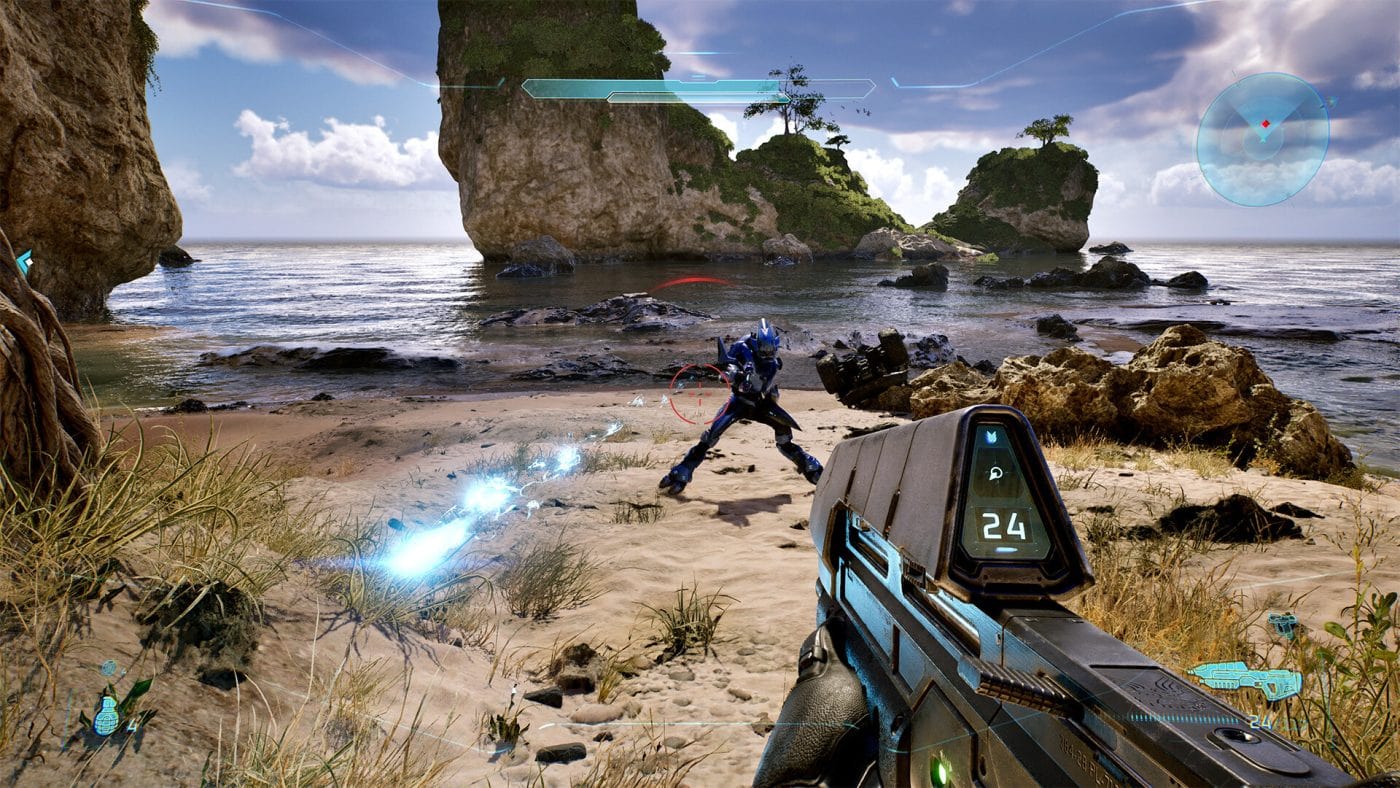
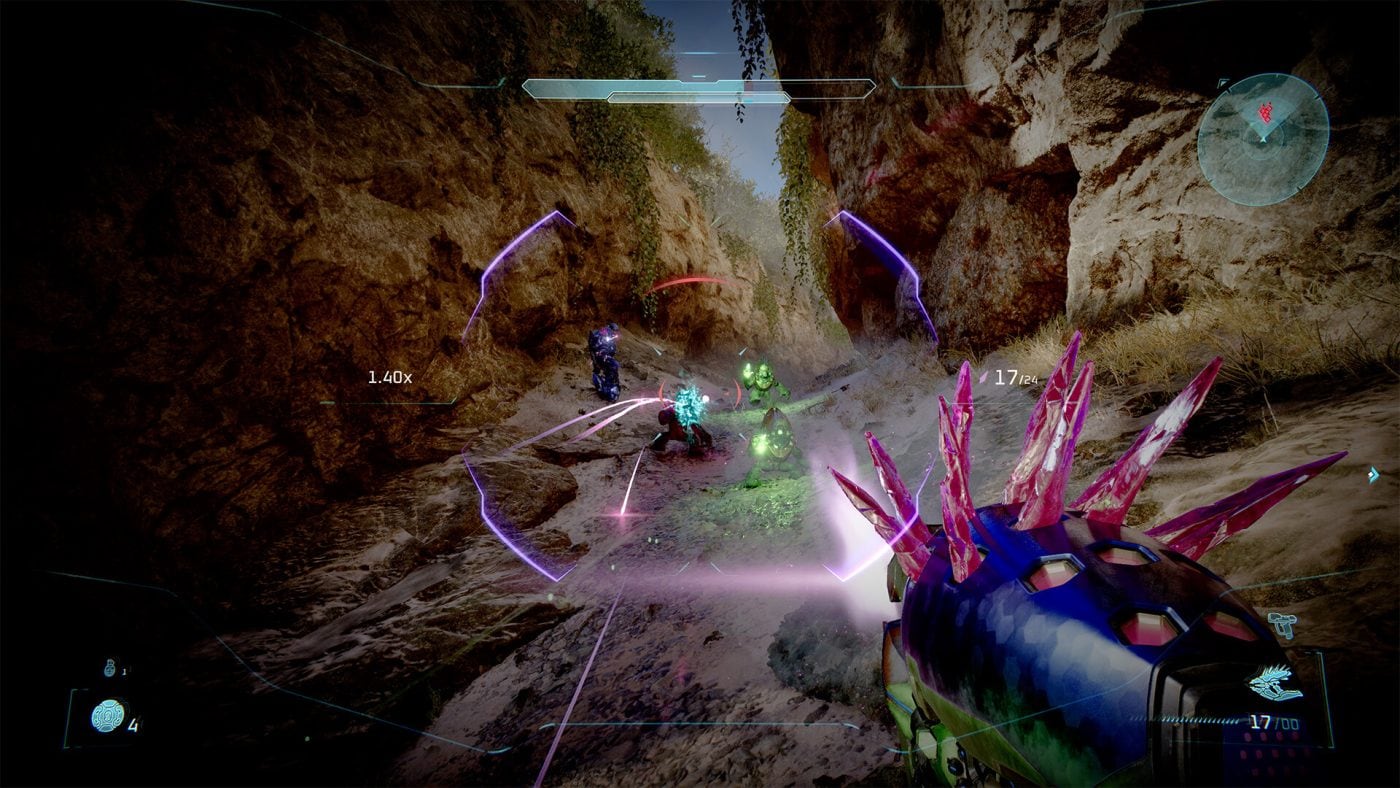
Did someone order a Warthog?
Vehicles have always been a cornerstone of Halo, renowned for their originality and for turning every ride into a tactical hub – capable of carrying multiple allies or a second player in split-screen. In Campaign Evolved, cooperative play remains central: local split-screen on console supports up to two players, while online multiplayer accommodates up to four simultaneously. To accommodate this, maps and missions have been thoughtfully redesigned and expanded, ensuring a seamless and engaging experience for both solo and cooperative play.
The Warthog, the franchise’s most iconic vehicle, has been fully redesigned to remain faithful to its original aesthetic, while adding a rear seat to carry a fourth ally or player. The vehicle’s handling and maneuverability will be fully assessed in upcoming reviews, but what has been revealed so far demonstrates meticulous attention to detail.
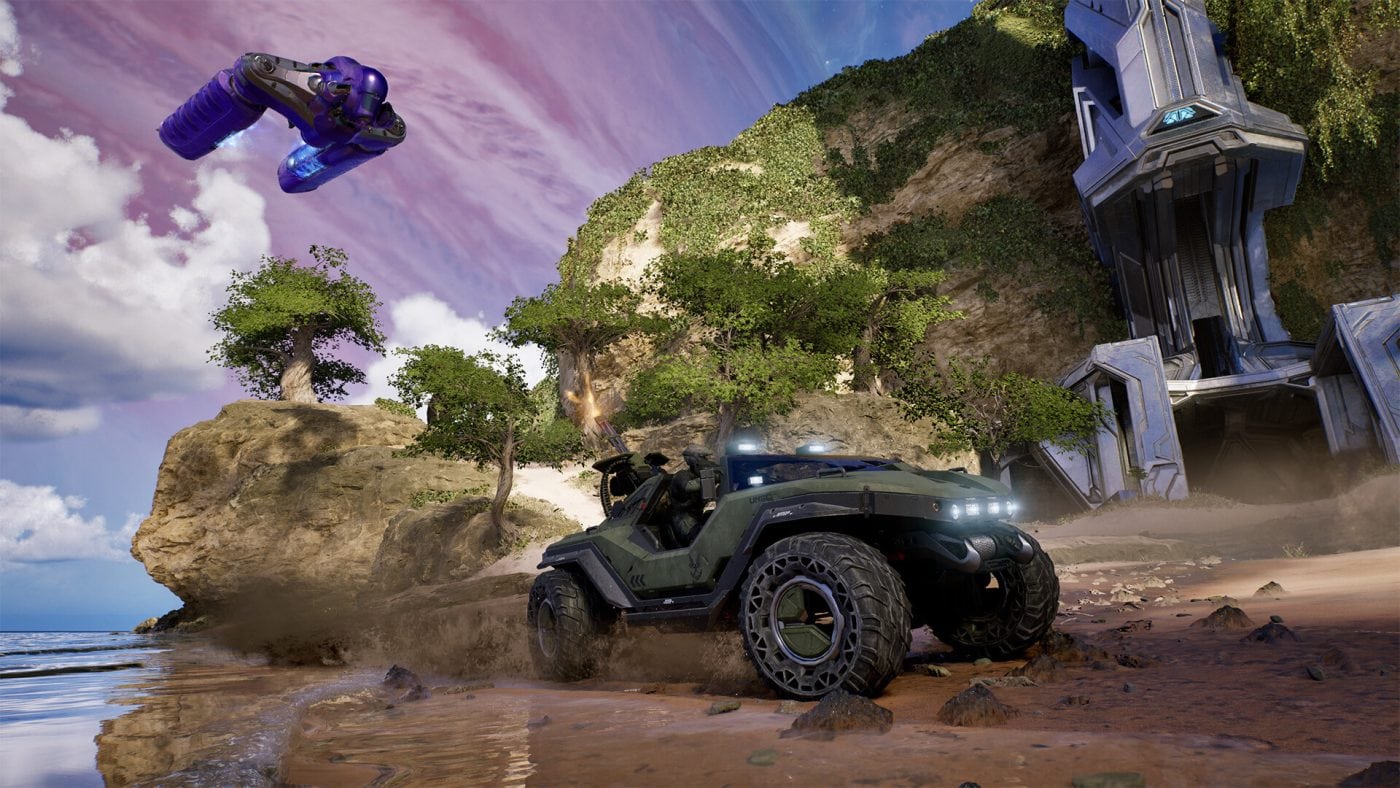
Silent Cartographer: The Sandbox Mission That Redefined Strategy and Exploration in Halo
Silent Cartographer remains one of Halo: Combat Evolved’s most iconic missions, its significance evident in every aspect of its level design. It is the quintessential sandbox map, offering a wealth of objectives and an unprecedented degree of player freedom for its time, allowing players to chart their own paths and approach each challenge with a variety of tactics. While the island includes a primary Warthog route, it equally rewards exploration, with objectives thoughtfully scattered to spark curiosity – not to mention the now-legendary Warthog manoeuvre around the tree, a cherished rite of passage among longtime fans.
For many players, this mission marked their first encounter with Halo on Xbox; the original demo even included a Banshee that was later removed from the final release. The remake’s demo showcases a meticulous and faithful reconstruction of the level, yet the pursuit of hyperrealism through Unreal Engine 5 slightly tempers the enigmatic aura of Halo’s ancient structures. The mission’s allure remains intact, but its atmosphere – a core element of the experience – demands careful preservation: visual fidelity must enhance, not diminish, the sense of mystery that has made Silent Cartographer unforgettable.
The Return of the Original Cast and an Unexpected Treat
The remake does more than revive the legendary original soundtrack, now fully remastered – it also brings back some of the franchise’s most iconic voices. Steve Downes returns as Master Chief, while Jen Taylor reprises her role as Cortana. It remains unconfirmed whether the original voice actors for Sergeant Johnson, Captain Keyes, and the Arbiter will also return.
Particularly intriguing is the addition of three new prequel missions centered on Master Chief and Sergeant Johnson, offering fresh narrative possibilities and expanding the story in meaningful ways. Taken together, these developments suggest that Halo Studios is approaching the project with the care, respect, and ambition that the legacy of the original game deserves.
How Halo Studios Plans to Rebuild the Saga
It’s just the beginning. Halo Campaign Evolved is far from a standalone release – it marks the beginning of a broader revitalization of the franchise. The project goes beyond a full remake of the original game, extending to a strategic expansion into new markets with the series’ debut on PlayStation 5. Halo Studios has also confirmed plans to remake Halo 2 and Halo 3 with the same campaign-focused approach – an ambitious undertaking, particularly considering the content originally cut from the early editions.
While the release of the original trilogy on PS5 has been confirmed, details about additional ports or DLC, such as Halo 3: ODST, or the prequel Halo: Reach, have yet to be announced. Strategically, this move highlights Microsoft’s shift away from strict platform exclusivity, embracing broader distribution that could, over time, reshape the relationship between major consoles and long-standing gaming franchises.


Remember… Titan: Halo’s Lost MMO
After the conclusion of the original trilogy, Ensemble Studios was working on an ambitious Halo MMO, conceived as a prequel set many years before the activation of the Halo rings. The project promised a wide variety of playable species, from Forerunners to human classes equipped with unique Spartan armor, some of which had never appeared in previous games. The Flood were intended to serve as the primary antagonists, as glimpsed in the limited material that has surfaced.
One of the game’s most distinctive features was its vehicles and expansive, open-world environments, inspired by large-scale titles such as Star Wars: The Old Republic. With an estimated budget of $90 million, the project was already in an advanced stage of development when it was canceled, leaving one of the most significant “what could have been” moments in the history of Xbox’s flagship franchise.


